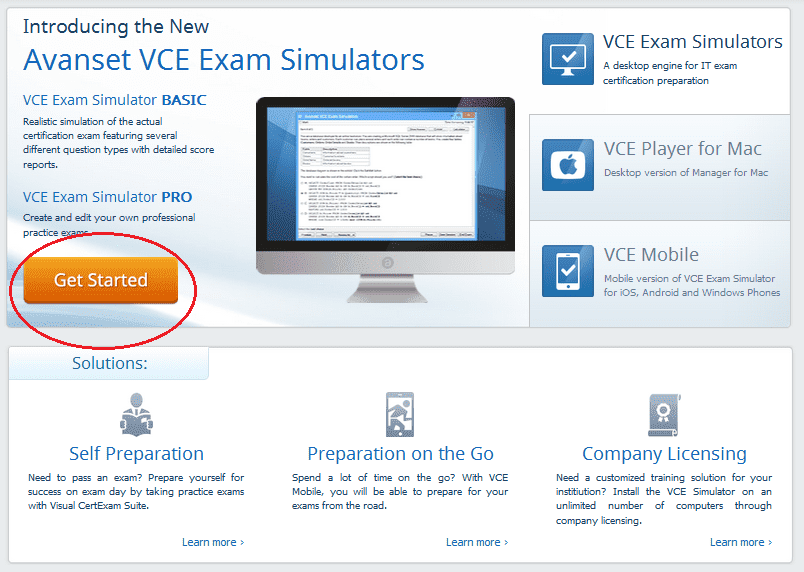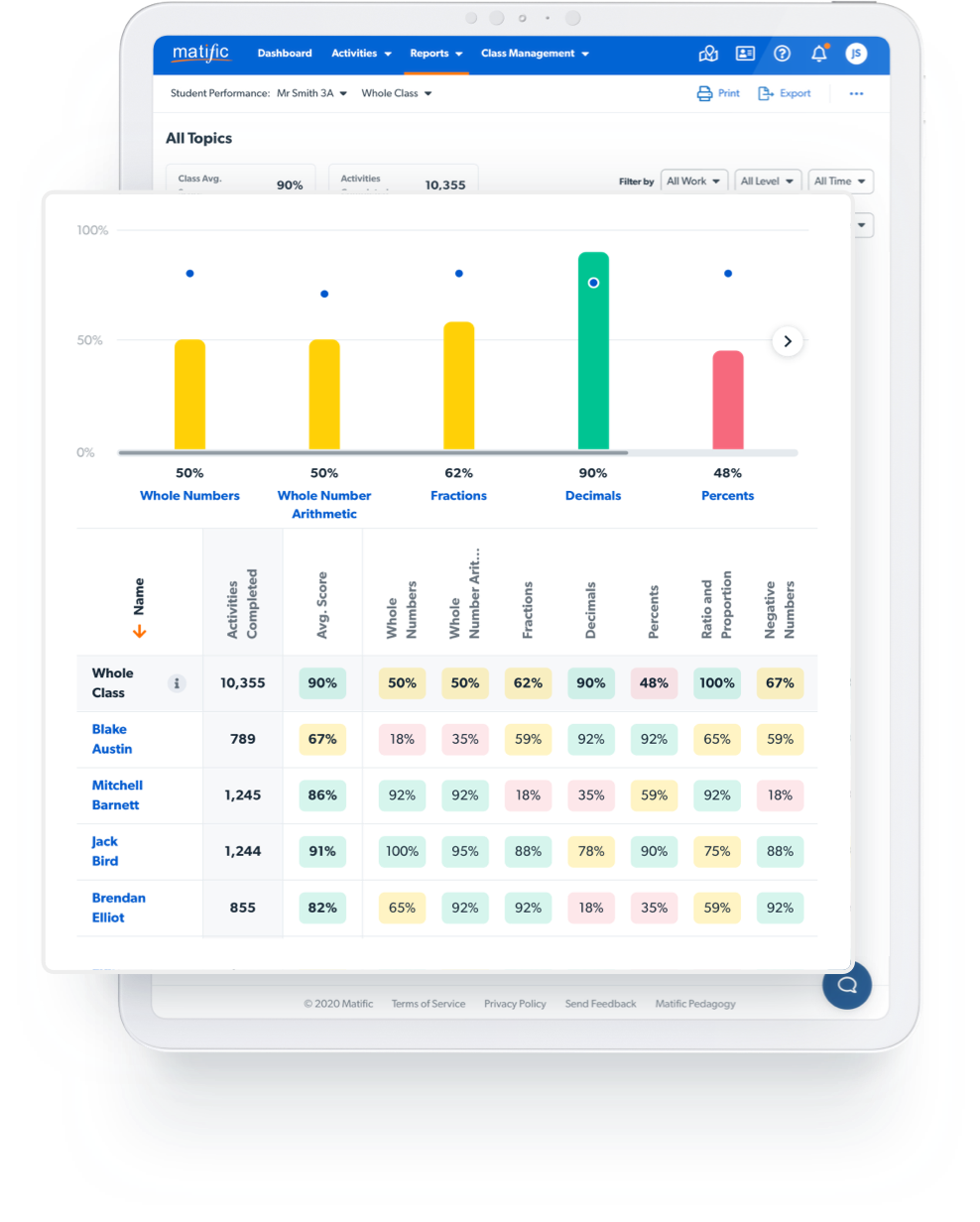
- VISUAL CERTEXAM DESIGNER NOT RECOGNIZING ALL QUESTIONS PRO
- VISUAL CERTEXAM DESIGNER NOT RECOGNIZING ALL QUESTIONS PLUS
- VISUAL CERTEXAM DESIGNER NOT RECOGNIZING ALL QUESTIONS FREE
The visual elements of a design range from simple boxes to the use of color photographs. Large amounts of text are often set with a leading of twice the text (12/24 point), also called double-spacing.

Increasing the amount of leading, or size of line spacing, can increase readability.
VISUAL CERTEXAM DESIGNER NOT RECOGNIZING ALL QUESTIONS PRO
For example, standard leading for 12-point type is 14 points, indicated as 12/14 point this paragraph uses 11 point Adobe Garamond Pro with 13.2 point leading.
VISUAL CERTEXAM DESIGNER NOT RECOGNIZING ALL QUESTIONS PLUS
Leading is typically the size of the font plus two points.

The amount of space between lines of text is called leading (pronounced led) or line spacing. Spacing is the amount of space around a line of text within a document. It typically includes the font family (e.g., Times New Roman), the type size (e.g., 12 point) and type emphasis (e.g., bold). Typeface refers to the look of your text. The definitions below will help you understand the way we use these terms. The names of elements on a page are much less important than their function. All theories and methods of design include the same basic ideas, just expressed in different terms. A designer may talk about the use of alignment in a design, while someone else will describe how textual elements “line up” on a page.
VISUAL CERTEXAM DESIGNER NOT RECOGNIZING ALL QUESTIONS FREE
In both cases, they are referring to areas of a page free from text or objects, such as the white space that makes up the margins around the text of this paragraph. What some designers call white space, for example, others call negative space. You can talk about design in a multitude of ways. What You Should Know about Design Choices and Elements The remainder of this chapter focuses on the use of text as a design element. Remember that visual design applies to the style of the text you use to convey ideas. When you are creating, don’t think of design features as only images. However, include graphics in written assignments with care: they should supplement, not replace, your writing. You can strengthen data supporting your position in an opinion paper if you present it in a graph rather than a narrative format. You can greatly improve a standard research paper on climate change with the addition of an image showing differences in ice caps over a period of years.

If the intent of writing is to communicate an idea, the way you present your writing is also important. In a typical first-year writing course, you’ll be focusing-of course-on writing. Depending on the type of paper your instructor has assigned and the preparation rules or style guide required, subtle variations in text might be your only design option. Are all the fonts the same? Are key ideas written in a text larger than other text? Are some words in bold? All of these choices influence the way your document looks and is perceived by your readers. Instead, it refers to the look of the words on the page. In this definition of text, text does not include your word choice or the structure of your argument. An image of the Deep Horizon oil spill won’t have the same impact if the image isn’t coupled with a sentence about the scope of the spill.Īn often-overlooked element of design is the visual treatment of text itself. Good document design integrates the words on the page with appropriate imagery to fully illustrate your meaning. If you were writing an article about an oil spill and the damage it caused, one powerful photograph could make your point more persuasively than pages of writing. This is only half true: Graphics can convey concepts that you can’t express in writing. Most people think of design as the arrangement of images on the page. Equally important as the words you write is how the appearance of your document influences the way readers interpret your ideas. However, writing a paper for a course involves more than simply generating content and turning it into your instructor. Now it’s time for you to revise your work so you can submit the paper.

You’ve created an outline, done the necessary research, and written a first draft of your paper. You’ve received your first assignment in a college writing course. 153 Beyond Black on White: Document Design and Formatting in the Writing Classroomīy Michael J.


 0 kommentar(er)
0 kommentar(er)
